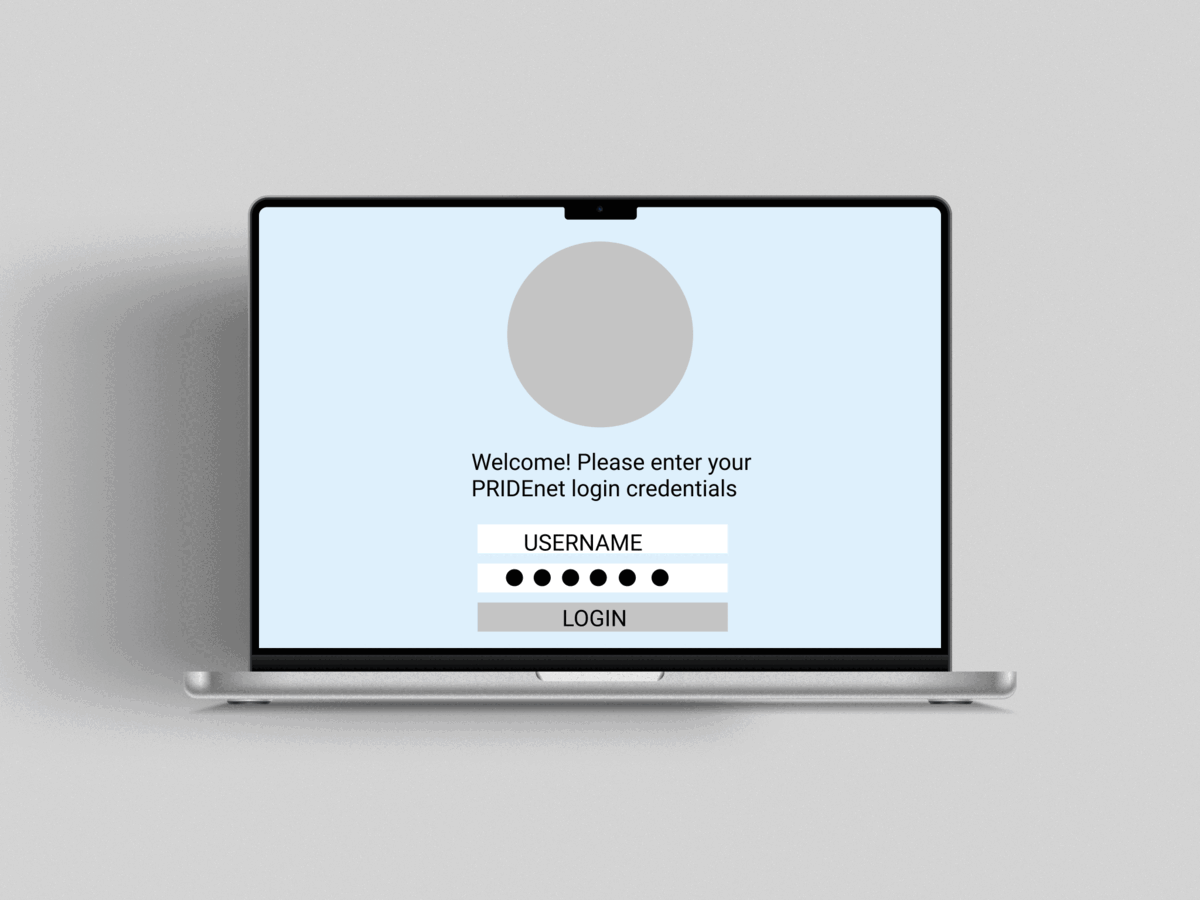
PRIDEnet Ambassadors and Recruits:
Creating an Online Portal with UX Research & Design
OVERVIEW
Who is PRIDEnet?
PRIDEnet is a national network that engages our community in every stage of how LGBTQ+ health research is created, analyzed, and shared from The Pride Study.
What is The Pride Study?
The Pride Study is the first large-scale, long term national health study of people who identify as LGBTQ+ to improve the health of LGBTQ+ people.
Historically, the LGBTQ+ community has been horribly underrepresented in nationwide healthcare. One of PRIDEnet's goals is collect enough volunteer health data by hiring paid ambassadors to recruit volunteers to complete The Pride Study.
Legislation drives change, and legislation is driven by data at the wheel - being able to have the voice to improve the health of LGBTQ+ communities that is what makes The Pride Study so important to promote.
THE CHALLENGE
Our team was tasked with creating a digital web portal for Pride Study ambassadors to create and moderate an online community for potential Pride Study recruits. The main hurdle for this portal was that due to similar designs on both PRIDEnet and The Pride Study's websites, it is hard to ambassadors to accurately distinguish the differences between organizations to volunteer participants. The team needed to create a new design system and portal UI based on our user feedback.

Branding between PRIDEnet and The Pride Study were essentially the same. Even on The Pride Study's social channels, PRIDEnet was still being cross-platformed and synonymous with the Study.
TEAM & TIMELINE
UI & Visual Designer
Point of Contact & Project Manager
UX Researcher
Lead UX Researcher
UX/UI Designer & Content Writer
UX Designer

As a main UX/UI designer, I was involved with all phases of the project, from initial research and synthesizing data, to problem solving and ideating the final design work. I also contributed most of the content writing and editing in our final hi-fidelity mockup.
I worked with all of my teammates both asynchronously and synchronously over a 3 month timeframe spanning June '21 to August '21.
Tools included: Figma (design), Zoom (interviews), Unsplash & Pexels (license-free imagery), Procreate on iPad
RESEARCH PHASE
User Interview Findings
At the discovery phase of this project, the team conducted three user interviews with existing Pride Study ambassadors, and five user interviews with potential volunteer participants who identified as LGBTQ+. We all rotated leading interviews, finding participants, and a
What pain points where found?
The PRIDE Study Ambassadors
-
Ambassadors need to elevate their networks, and are focused on asking anyone who is queer to take the study
-
Those who aren't engaged in politics don't know that policy drives everything
-
It is important to host digital spaces to share information in a trustworthy way that protects participant confidentiality
-
Existing website needs to have a better portal that holds accessible information to participants
Potential Volunteers
-
They could not differentiate between PRIDEnet and The Pride Study
-
They were wary of their personal information getting leaked of their identities getting "outed"
-
Were interested in an events calendar that linked to social channels and Google/Apple calendars
-
Didn't know that legislation and policies were backed up by study data
-
Were interested in participating in the study if it were accessible with digestible information






Interview with Lou, an ambassador

Interview with Sinead, a potential volunteer
DESIGN PHASE
Lo-Fi Wireframes
We started the design process with lo-fi wireframes. With these lo-fi mockups, we were able to quickly modify any design changes without losing any integrity.
What can ambassadors and volunteers do in the new portal?
-
Login to the portal with secure credentials
-
Discover About, Get Involved, Events, Education, Resources, a Blog, and
-
Sign up for a newsletter
-
Explore the user's profile
-
Scrub through videos and a photo gallery

Usability Testing
With the help of Zoom, our team was able to remotely test with our existing interviewees and debrief to our stakeholders the progress of the web portal. After eight usability tests, our solutions validated some of our design choices, but ambassadors were still unhappy with our designs so we went back into Figma.
Our next iteration included the design changes based on our data. I helped design a mid-fi mockup with our UX Designer and UI & Visual Designer.
After the new designs were made, I went in and changed all of our dummy copy into feasible information that was easy to digest.





FINAL DESIGN
After our final mid-fi prototype, we conducted three more user tests with an existing ambassador, and two new interviewees to post as potential volunteers.

With this final iteration, our design choices were validated. We made a design decision to change our color scheme to a more accessible palette. Adopting colors from PRIDEnet's logo, we established an updated look and feel.

With this final iteration, our design choices were validated. We made a design decision to change our color scheme to a more accessible palette. Adopting colors from PRIDEnet's logo, we established an updated look and feel.

WHAT WAS LEARNED?
First and foremost - (and also coming from a queer person) - Rainbow Capitalism is frowned upon by the LGBTQ+ community. Second, data drives everything: design, legislature, politics, change.
This project was a wonderful experience with a short amount of turnaround time, and helped a cause that my whole team believed in.
PRIDEnet is now working with a developer to create our design mockups into a fully fleshed-out website, which you can see here.
.png)